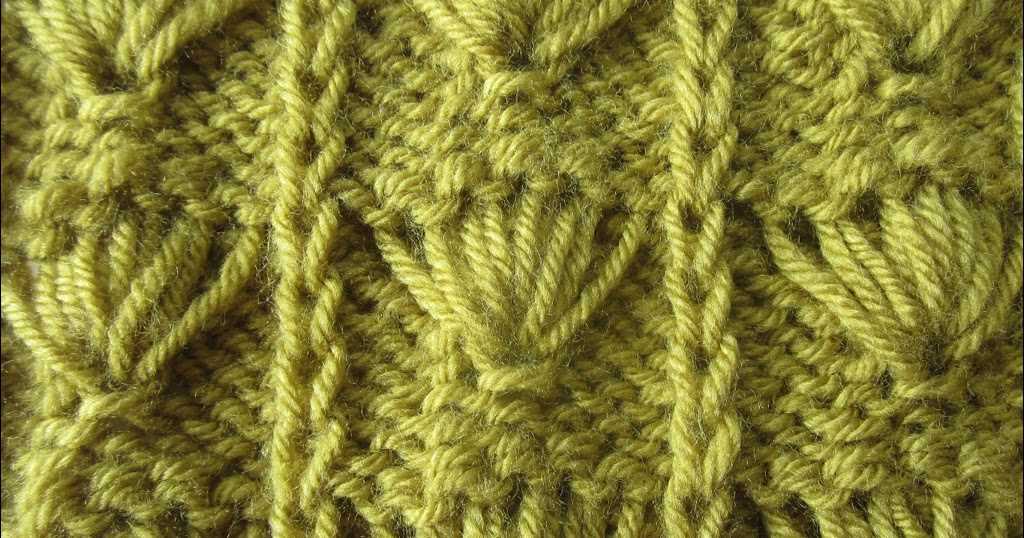
When it comes to knitting, there is a wide variety of stitch patterns to choose from. One popular pattern that adds a touch of nature to your knitting projects is the leaf stitch pattern.
The leaf stitch pattern is a beautiful and versatile design that resembles the leaves on a tree. This pattern can be used in a variety of knitting projects, such as scarves, blankets, and even sweaters. Whether you are a beginner or an experienced knitter, the leaf stitch pattern is sure to add a touch of elegance to your work.
The leaf stitch pattern is created by using a combination of knitting and purling techniques. It typically involves a repeating sequence of stitches that create the illusion of leaves. This pattern can be customized by varying the number of stitches and rows, allowing you to create your own unique design. With a little practice, you will be able to master the leaf stitch pattern and create stunning knitted pieces.
So, whether you want to add a touch of nature to your knitting projects or simply want to try a new stitch pattern, the leaf stitch pattern is a great choice. Its versatility and elegance make it a popular choice among knitters of all skill levels. So grab your knitting needles and give the leaf stitch pattern a try!
What is a knitting leaf stitch pattern?
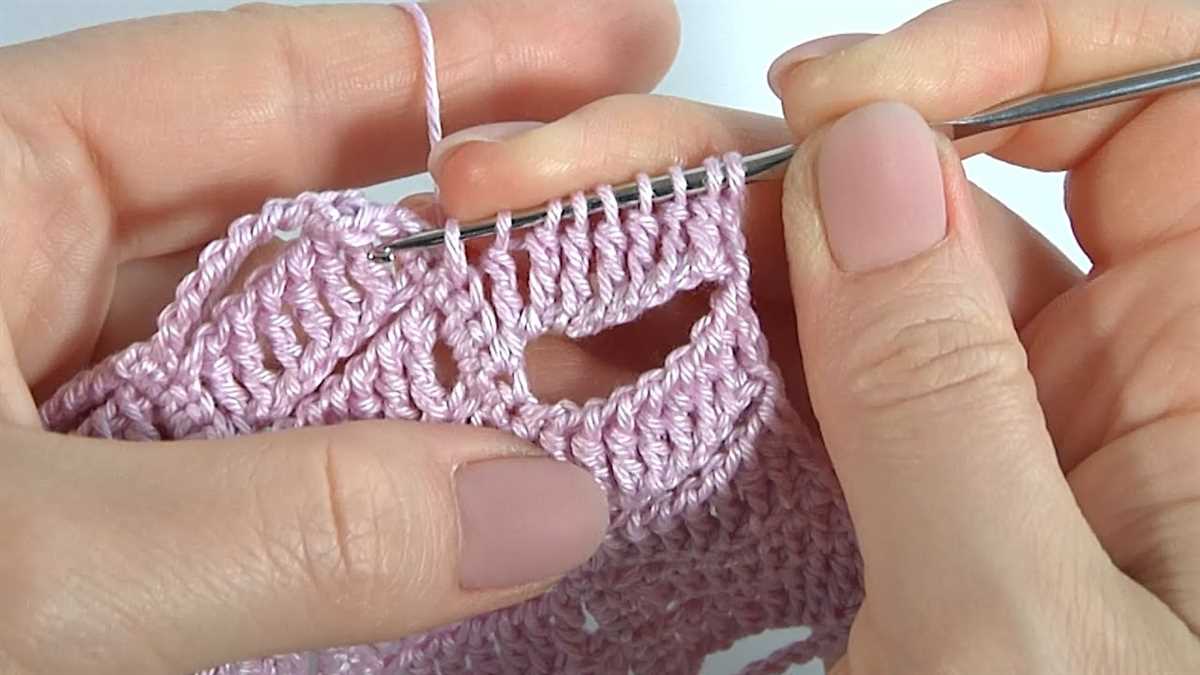
A knitting leaf stitch pattern is a design that creates the appearance of leaves on knitted fabric. It uses a combination of different knitting techniques, such as increases and decreases, to create the shape and texture of leaves. The pattern typically involves repeating a series of rows or rounds to form a pattern that resembles a row of leaves.
In a knitting leaf stitch pattern, the leaves are often worked in a combination of knit and purl stitches to create the desired texture and depth. The shape of the leaves can vary depending on the design, but they are generally elongated with a pointed or curved tip. The pattern may also incorporate other elements, such as stems or vines, to enhance the leaf motif.
One popular knitting leaf stitch pattern is the “leaf lace” pattern, which combines lace knitting techniques with leaf motifs. This pattern typically involves yarn overs and decreases to create the lacy appearance of the leaves. Another common leaf stitch pattern is the “seed stitch leaf,” which uses alternating knit and purl stitches to create a textured leaf pattern.
Knitting leaf stitch patterns can be used to create a variety of projects, including scarves, shawls, blankets, and garments. They add a natural and organic element to knitted fabric, making them perfect for nature-inspired designs. Whether you’re a beginner or an experienced knitter, experimenting with different leaf stitch patterns can add beauty and interest to your knitting projects.
How to create a knitting leaf stitch pattern
Knitting leaf stitch pattern is a beautiful design that adds an elegant touch to any knitting project. It creates a leaf-like motif that can be used in various ways, such as on scarves, sweaters, and blankets. If you’re interested in knitting leaf stitch pattern, here’s a step-by-step guide to help you create your own.
Gather the necessary materials
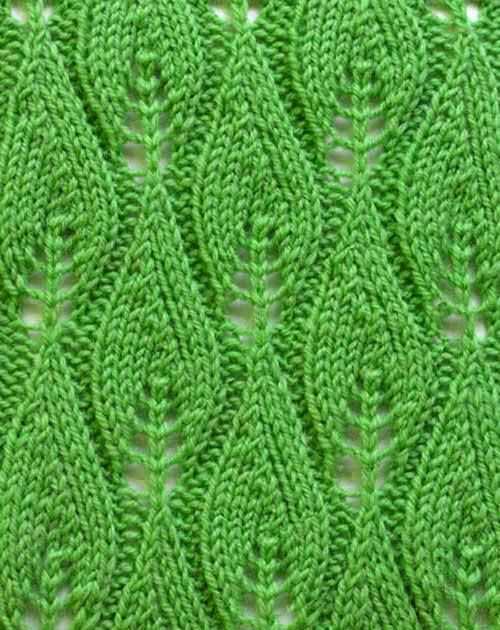
Before you begin knitting the leaf stitch pattern, make sure you have all the necessary materials. You’ll need knitting needles of an appropriate size for your chosen yarn, a tape measure, and yarn in your desired color. Choose a yarn that has good stitch definition and is suitable for the project you’re working on.
Cast on and set up the pattern
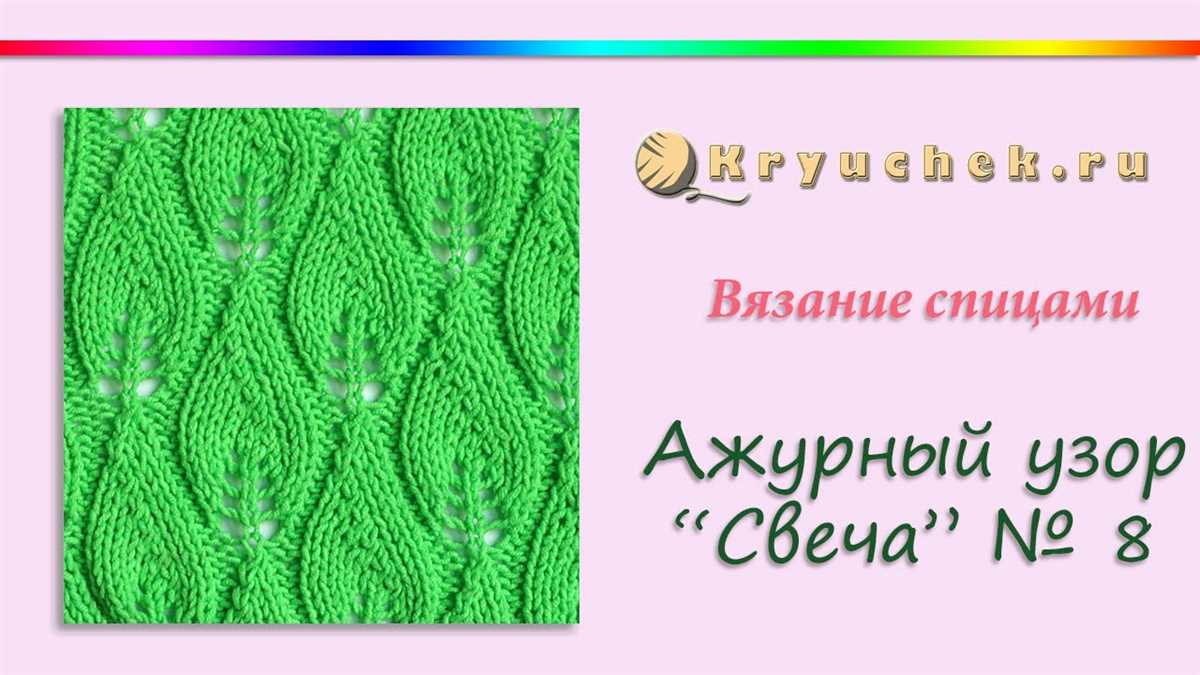
Start by casting on the required number of stitches for your project. The leaf stitch pattern typically requires a multiple of a certain number of stitches, so make sure your cast-on number meets this requirement. Once you’ve cast on, work a few rows of garter stitch or another simple stitch pattern to create a border for your leaf stitch pattern.
Work the leaf stitch pattern
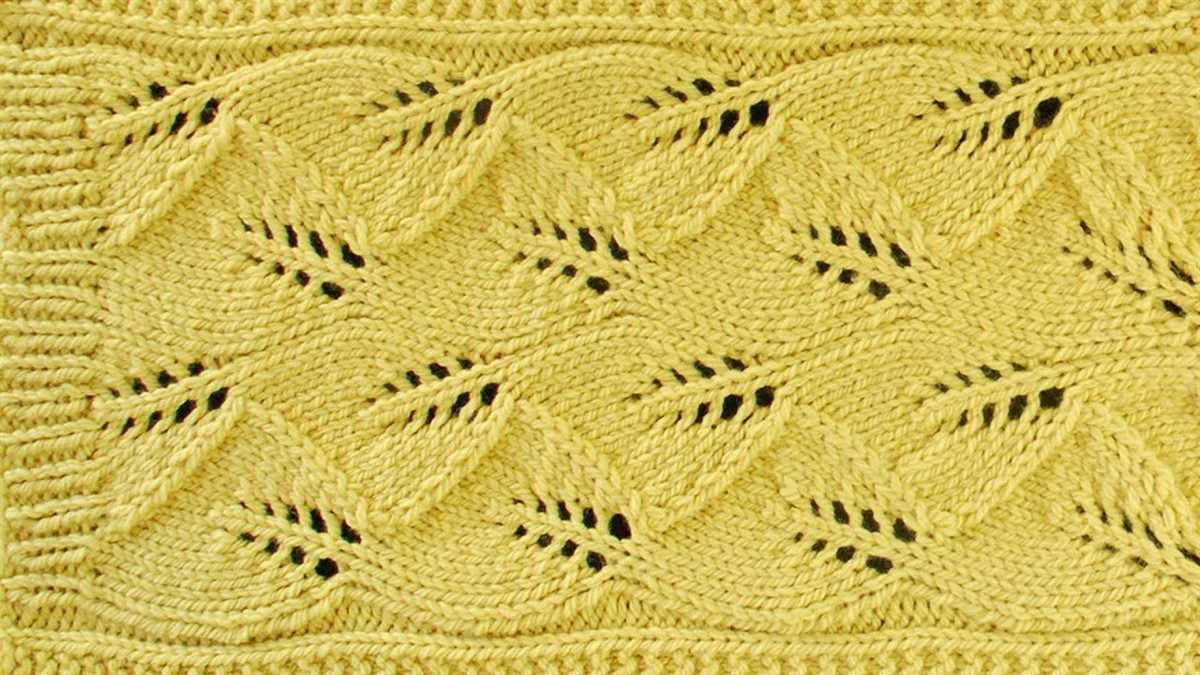
Once you’ve set up the pattern, you can start working the leaf stitch pattern. The leaf stitch pattern typically involves a combination of knits, purls, increases, and decreases to create the leaf motif. Follow the pattern instructions carefully, making sure to work the correct stitches in the correct order. Pay attention to any special instructions, such as yarn overs or slip stitches, as these can be key to creating the leaf-like shape.
Finish the project and block if necessary
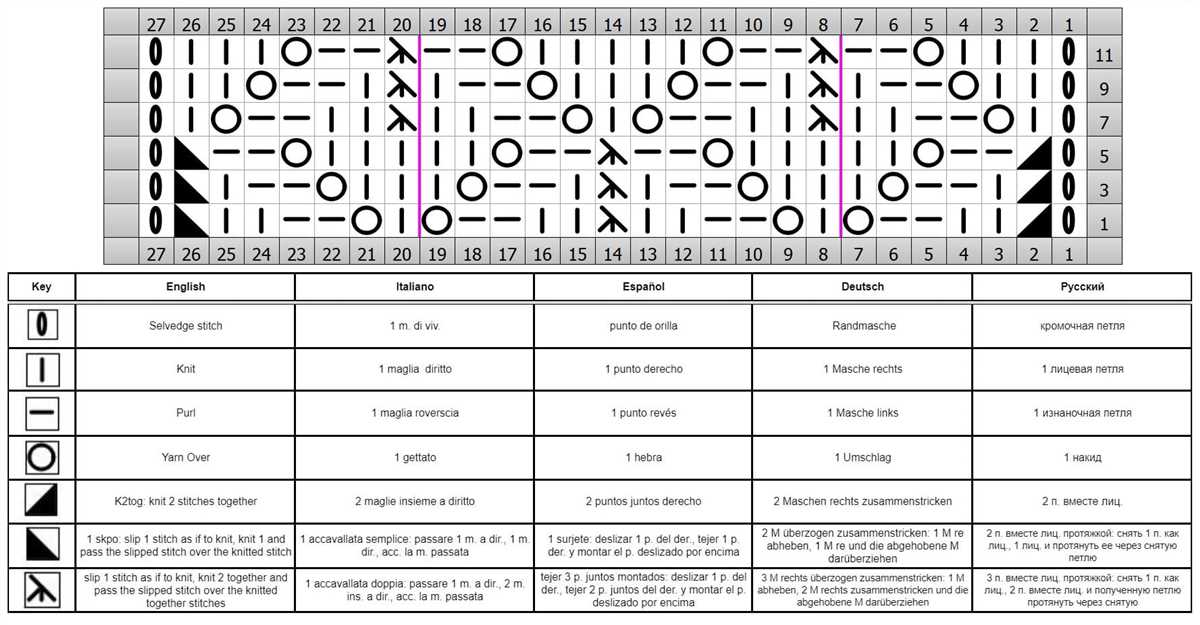
Once you’ve completed the leaf stitch pattern, finish your project according to your chosen pattern or design. This may involve working additional rows or finishing edges with a bind-off or other finishing technique. If necessary, block your project to help even out the stitches and reveal the full beauty of the leaf stitch pattern. Blocking can be done by wetting your project and shaping it to the desired dimensions, then allowing it to dry flat.
With these steps, you can create a beautiful knitting leaf stitch pattern to add a touch of nature-inspired elegance to your knitting projects. Enjoy the process of creating this intricate design and admire the results of your knitting skills.
Materials needed for knitting leaf stitch pattern
In order to start knitting the leaf stitch pattern, you will need a few essential materials. These materials include:
- Yarn: Choose a yarn that is suitable for the project you have in mind. It is recommended to use a yarn in a color that complements the leaf stitch pattern.
- Knitting needles: Select a pair of knitting needles that are appropriate for the yarn you have chosen. The size of the needles will depend on the desired gauge and tension of your knitting.
- Tapestry needle: A tapestry needle will be needed for weaving in loose ends and sewing up any seams or stitches that require finishing.
- Stitch markers: These are handy tools that will help you keep track of your stitches and make it easier to follow the leaf stitch pattern.
- Scissors: A good pair of scissors is essential for cutting yarn and trimming any loose ends.
- Knitting gauge: It is helpful to have a knitting gauge tool, which will enable you to measure your tension and ensure your knitting matches the intended size.
With these essential materials on hand, you will be well-equipped to start knitting the leaf stitch pattern. Make sure to have everything ready and organized before you begin, as this will help ensure a smooth and enjoyable knitting experience.
Step-by-step instructions for knitting leaf stitch pattern
In this tutorial, we will guide you through the process of knitting the leaf stitch pattern. This beautiful pattern creates a motif that resembles delicate leaves, making it perfect for incorporating into various knitting projects.
Materials:
- Yarn: Choose a yarn of your choice in the desired color.
- Knitting needles: Use a pair of appropriate knitting needles according to the yarn weight.
- Tapestry needle: This will be used for weaving in the loose ends.
Instructions:
Step 1: Cast on an even number of stitches onto your knitting needles. The leaf stitch pattern works best with an even stitch count.
Step 2: Row 1: Knit all stitches.
Step 3: Row 2: Purl all stitches.
Step 4: Row 3: Knit the first stitch. Then, follow the leaf stitch pattern:
- Slip the next stitch knitwise.
- Knit the next stitch.
- Pass the slipped stitch over the knit stitch.
- Purl the next stitch.
- Repeat steps 1-4 until the last stitch.
- Knit the last stitch.
Step 5: Repeat rows 2-4 for the desired length of your project.
Step 6: To finish the leaf stitch pattern, end with a row of knitting (row 1).
Once you have mastered the leaf stitch pattern, you can incorporate it into various knitting projects such as scarves, shawls, or even sweaters. It adds a touch of elegance and nature-inspired design to your creations. Enjoy exploring this beautiful stitch pattern!
Tips and Tricks for Knitting Leaf Stitch Pattern
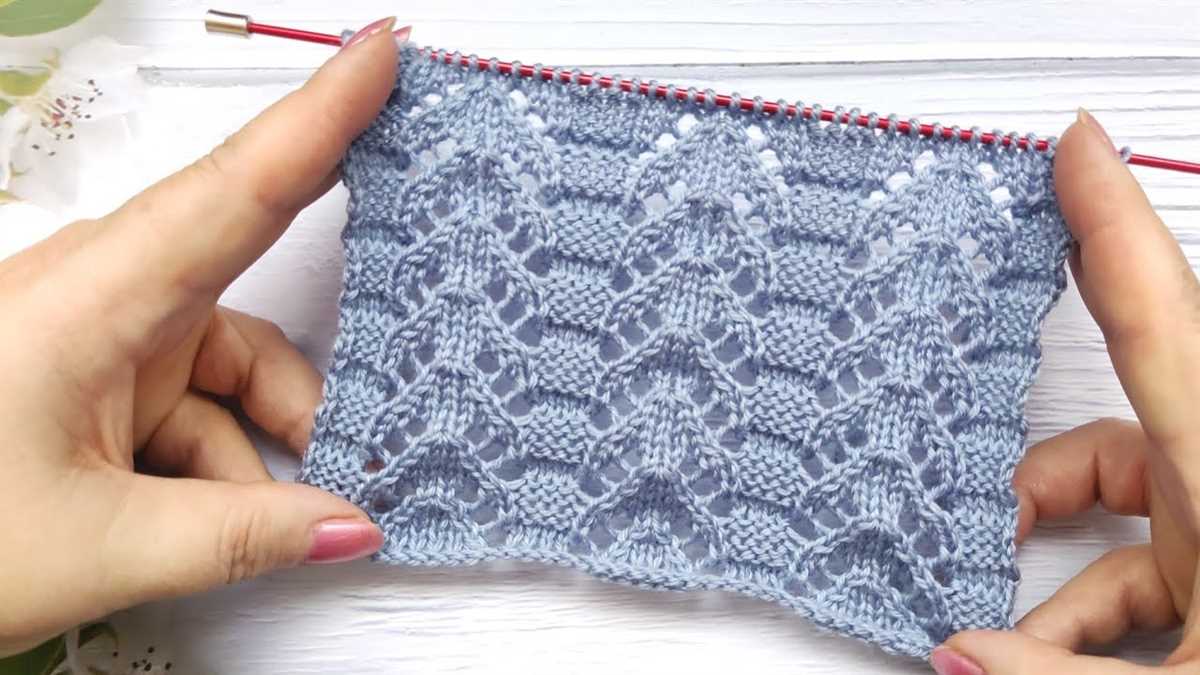
If you’re looking to add some natural beauty to your knitting projects, the leaf stitch pattern is a great choice. This versatile stitch pattern features a series of interconnected leaves, creating a lovely and intricate design. Here are some tips and tricks to help you master this pattern:
1. Choose the Right Yarn
When knitting the leaf stitch pattern, it’s important to choose a yarn that will show off the details of the leaves. Opt for a yarn with good stitch definition, such as a smooth and tightly spun yarn. This will allow the leaf motifs to stand out and create a stunning effect.
2. Practice Your Tension
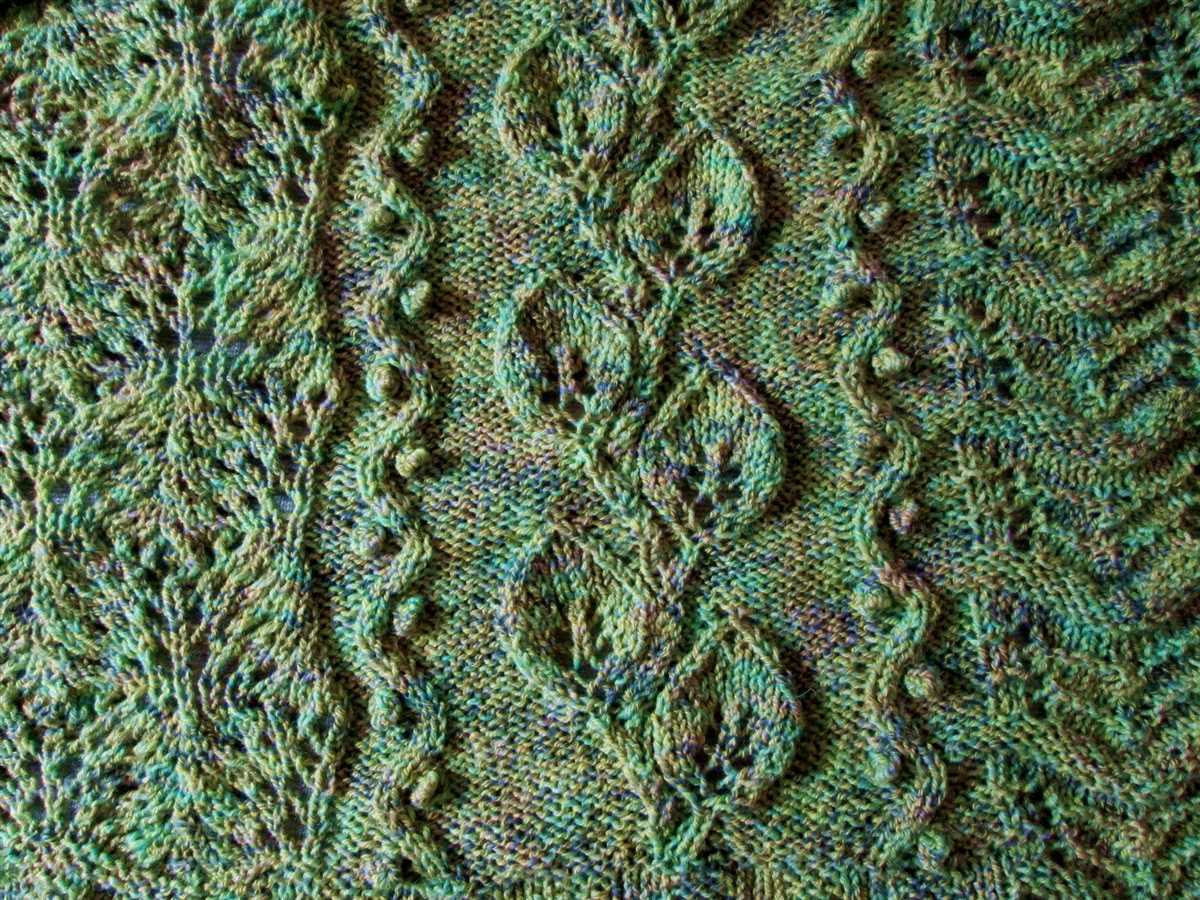
Leaf stitch pattern requires even tension to maintain the shape and definition of the leaves. Practice your tension before starting the project to ensure you’re knitting consistently and not pulling too tightly or loosely. This will help create a uniform and professional-looking finished project.
3. Use Stitch Markers
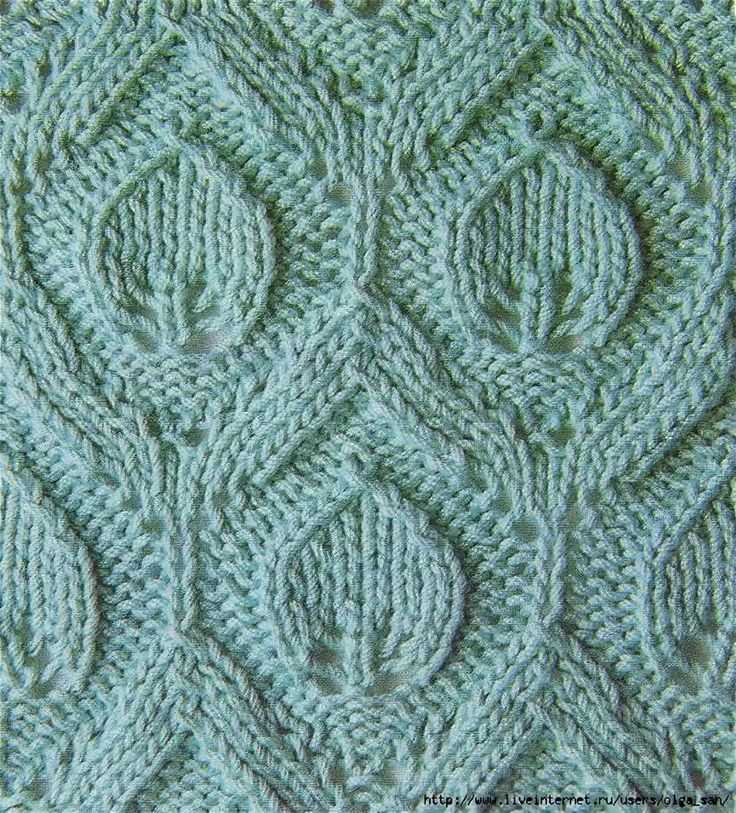
Stitch markers can be a helpful tool when knitting the leaf stitch pattern, especially if there are specific sections or repeats in the pattern. Use stitch markers to mark each leaf motif, making it easier to keep track of your progress and ensure accuracy.
4. Learn the Chart
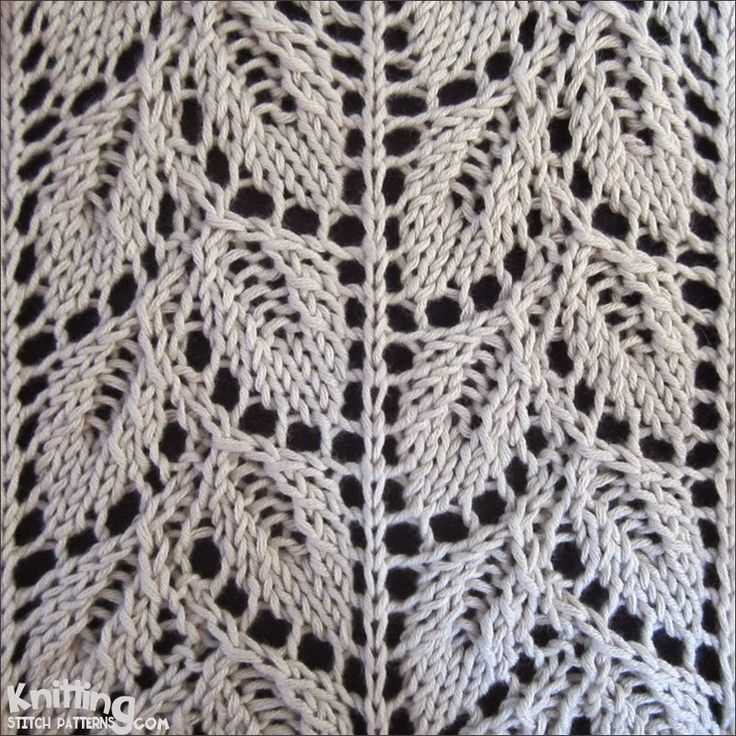
The leaf stitch pattern is often represented in chart form, which can be intimidating for some knitters. Take the time to familiarize yourself with the chart and understand how the different symbols correspond to different stitches. This will make it easier to follow the pattern and achieve the desired effect.
5. Block Your Finished Project
Blocking is a crucial step in knitting the leaf stitch pattern. Once your project is complete, block it gently to open up the lace and enhance the overall look of the leaves. Blocking will help the stitches relax and settle into place, giving your finished piece a polished and professional appearance.
With these tips and tricks in mind, you’ll be well-prepared to tackle the leaf stitch pattern and create stunning knitted projects. Whether you’re making a delicate scarf, a cozy blanket, or a decorative pillow, the leaf stitch pattern is sure to add a touch of nature-inspired beauty to your knitting.
Common Mistakes to Avoid When Knitting Leaf Stitch Pattern
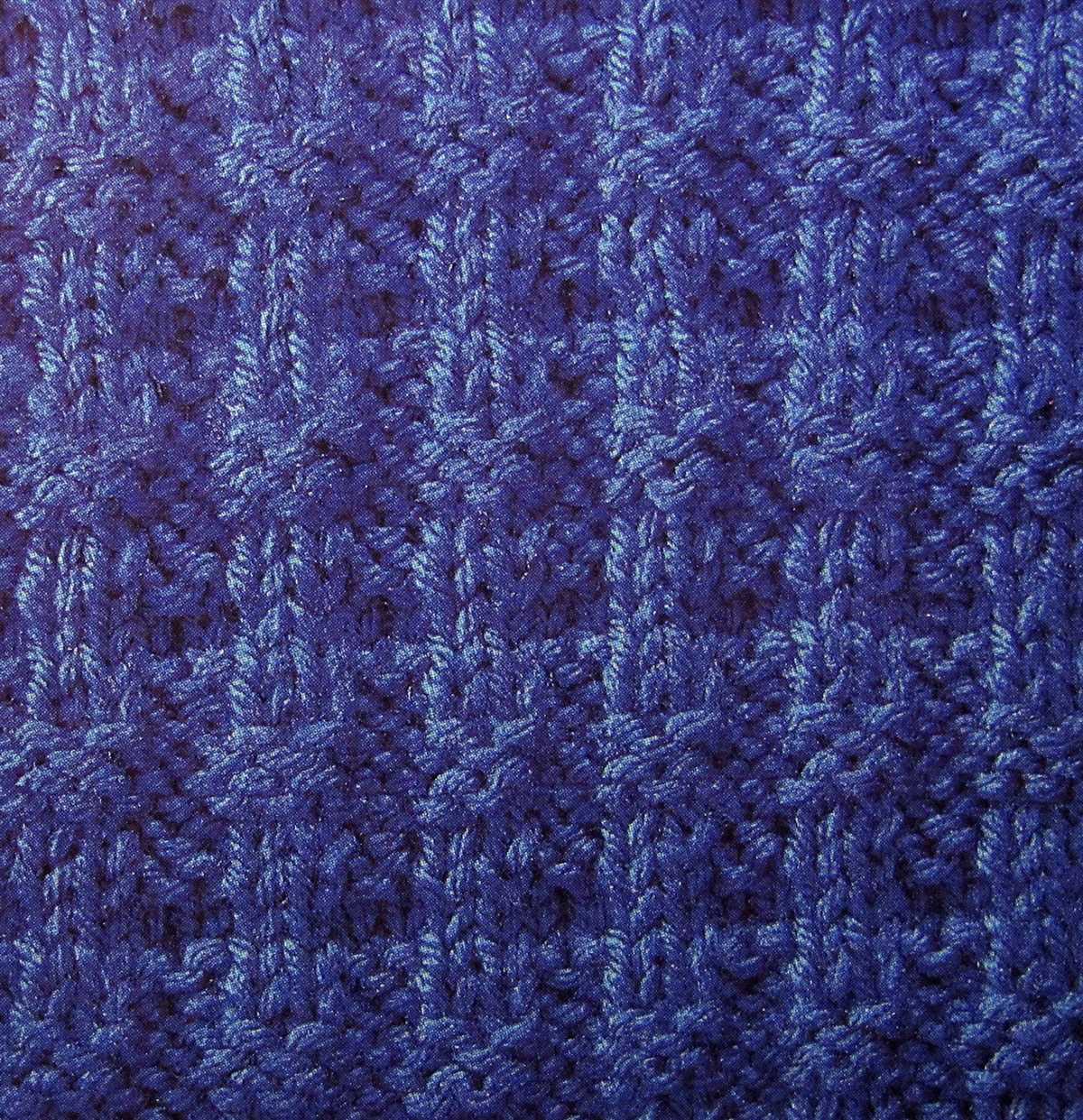
Knitting a leaf stitch pattern can be a beautiful way to add texture and interest to your projects. However, it can also be tricky for beginners or even experienced knitters. To help you avoid some common mistakes, here are a few tips to keep in mind:
1. Miscounting stitches: One of the most common mistakes when knitting leaf stitch pattern is miscounting stitches. It’s important to accurately count your stitches before and after each leaf motif to ensure that you’re working the pattern correctly. Keep track of your stitch count using stitch markers or by simply counting as you go.
2. Forgetting to read the pattern carefully: Leaf stitch patterns often require specific instructions for each row or section. It’s crucial to read the pattern carefully and understand each step before you begin. Skipping over important details can lead to mistakes and frustration later on.
- 3. Not using the correct yarn weight: Leaf stitch patterns often require a specific yarn weight to achieve the desired texture and drape. Using a different yarn weight can result in an uneven or distorted leaf motif. Be sure to check the pattern for the recommended yarn weight and gauge and swatch before you start.
- 4. Tension issues: Maintaining consistent tension is crucial when knitting any stitch pattern, including leaf motifs. Uneven tension can cause the leaves to appear stretched or squashed, detracting from the overall effect. Practice knitting the leaf stitch pattern and pay attention to your tension throughout to ensure a polished finish.
- 5. Lack of patience: Leaf stitch patterns can be intricate and require time and patience to complete. Rushing through the pattern can lead to errors and frustration. Take your time, follow the instructions step by step, and enjoy the process of creating each leaf motif.
Avoiding these common mistakes will help you successfully knit leaf stitch patterns and achieve beautiful results. Remember to take your time, read the pattern carefully, and practice to improve your skill. Happy knitting!
Using Knitting Leaf Stitch Pattern in Different Projects
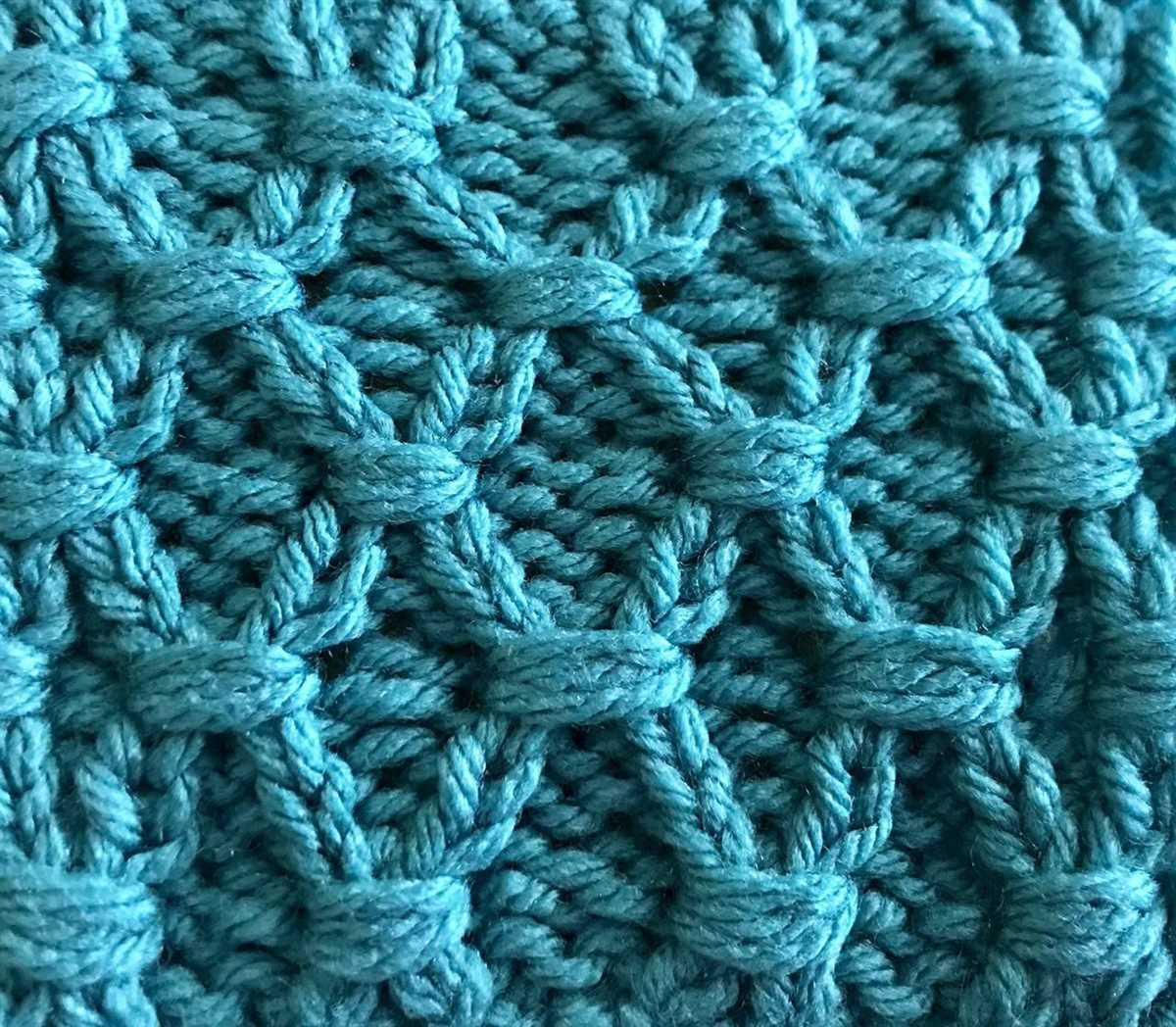
The knitting leaf stitch pattern is a versatile and beautiful design that can be incorporated into various knitting projects. Whether you’re working on a cozy sweater, a delicate shawl, or even a decorative blanket, this stitch pattern adds a touch of nature-inspired elegance.
One way to use the knitting leaf stitch pattern is by creating a textured and eye-catching sweater. By using the leaf motif for the body or the sleeves, you can transform a simple sweater into a statement piece. The leaf pattern can be repeated throughout the garment or placed strategically for added visual interest.
Another idea is to use the knitting leaf stitch pattern in a lace shawl. The delicate and intricate nature of the leaf design adds an element of femininity to the shawl, making it perfect for dressy occasions or as a stylish accessory. You can choose to use the leaf pattern as the main motif or incorporate it into the border for a subtle touch.
In addition to garments and accessories, the knitting leaf stitch pattern can also be used in home decor projects. You can create a stunning throw blanket by stitching together multiple leaf pattern squares. The contrasting colors and textures of the leaves will make the blanket visually appealing and cozy.
If you’re feeling ambitious, you can even use the knitting leaf stitch pattern to create a table runner or placemats. The intricate design adds an elegant touch to any dining table, making mealtime feel extra special.
Whatever project you choose, the knitting leaf stitch pattern is sure to elevate your knitting skills and give your creations a touch of natural beauty.
Adapting Knitting Leaf Stitch Pattern for Different Yarns
When it comes to knitting leaf stitch patterns, the choice of yarn plays a crucial role in the final result. Different yarns have different characteristics, such as thickness, texture, and drape, which can significantly impact the appearance and feel of the knitted fabric. Therefore, it is important to consider these factors and adapt the leaf stitch pattern accordingly for the best outcome.
Yarn Thickness: The thickness of the yarn will determine the size of the knitted leaves. For a chunky yarn, the leaves will be larger and have a more prominent appearance. On the other hand, using a finer yarn will result in smaller, more delicate leaves. It is essential to choose a yarn thickness that complements the desired aesthetic and intended use of the knitted item.
Yarn Texture: The texture of the yarn can enhance or detract from the leaf stitch pattern. Smooth, plied yarns will showcase the stitch pattern more clearly and create well-defined leaves. Alternatively, using a textured or slub yarn can add visual interest and dimension to the leaves. Consider experimenting with different yarn textures to achieve the desired effect.
Drape: The drape of the yarn determines how the knitted fabric falls and hangs. A yarn with good drape will create fluid and graceful leaves, while a stiffer yarn may result in more structured and rigid leaves. The drape of the yarn is particularly important when knitting garments or accessories that require movement and flow. Keep in mind the desired drape and choose a yarn accordingly.
Overall, adapting the knitting leaf stitch pattern for different yarns allows for endless possibilities and creativity. By considering yarn thickness, texture, and drape, knitters can achieve unique and personalized results that bring out the beauty of the leaf stitch pattern in their projects.
Adding Variations to the Knitting Leaf Stitch Pattern
The knitting leaf stitch pattern is a classic and versatile design that can be used to create beautiful textures in your knitting projects. While the traditional leaf stitch pattern is lovely on its own, adding variations can bring a unique touch to your work. Here are a few ideas for including variations in your leaf stitch patterns.
1. Changing the Leaf Size
One simple way to add variety to your knitting leaf stitch pattern is by changing the size of the leaves. You can make smaller leaves by reducing the number of stitches and rows, or larger leaves by adding more stitches and rows. Experimenting with different leaf sizes can create an interesting visual effect and add depth to your knitting.
2. Altering the Leaf Shape
Another way to add interest to your leaf stitch pattern is by altering the shape of the leaves. Instead of sticking to a traditional pointy leaf shape, you can try creating rounded or asymmetrical leaves. You can achieve this by adjusting the decreases and increases in your knitting pattern. This can create a more organic and playful look to your leaf stitch pattern.
3. Introducing Colorwork
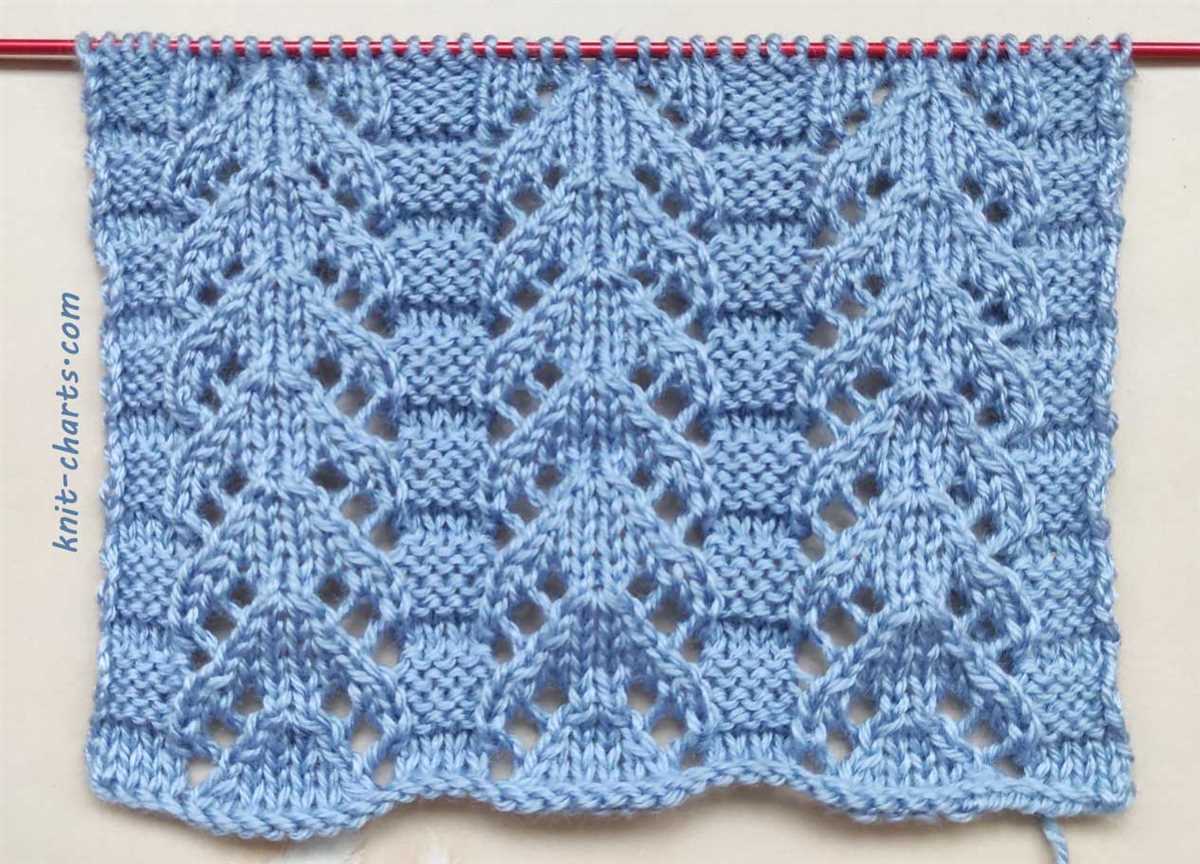
If you want to take your leaf stitch pattern to the next level, consider incorporating colorwork. You can use different colored yarns to highlight the veins of the leaves or create a gradient effect. Colorwork can add depth and visual interest to your knitting, making your leaf stitch pattern truly unique.
4. Combining Multiple Leaf Stitch Patterns
If you want to create a more complex design, you can combine multiple leaf stitch patterns in one project. By alternating between different leaf stitch patterns, you can create intricate motifs or even incorporate other elements, such as flowers or vines. This technique allows you to showcase your creativity and create a truly one-of-a-kind knitting piece.
Overall, adding variations to the knitting leaf stitch pattern can elevate your knitting projects and make them more visually appealing. Whether you choose to change the leaf size, shape, incorporate colorwork, or combine multiple leaf stitch patterns, experimenting with variations can help you create unique and beautiful designs. Happy knitting!
Finishing and blocking the knitting leaf stitch pattern
Once you have completed knitting the leaf stitch pattern, there are a few final steps to take to ensure that your project looks its best. One important step is finishing the edges. Depending on your project, you may want to add a simple garter stitch border or another finishing technique to give your piece a polished look.
After finishing the edges, the next step is to block the knitting. Blocking helps to even out the stitches, relax the fabric, and give it a professional appearance. To block the leaf stitch pattern, you will need a blocking mat or towel, rust-proof pins, and a spray bottle filled with water.
Start by laying your knitted piece on the blocking mat or towel. Gently stretch and shape it to the desired measurements, making sure to maintain the leaf stitch pattern. Use rust-proof pins to secure the edges and corners of the piece to the mat, spacing them evenly to maintain the shape.
Once your project is pinned in place, lightly mist the entire piece with water from the spray bottle. Be careful not to oversaturate the fabric, as this can cause stretching. Allow the piece to dry completely before removing the pins.
After blocking, your knitted leaf stitch pattern should have a smooth and even appearance. This finishing technique helps to bring out the intricate details of the leaf design and makes the finished project look professional and polished. Now you can proudly display or wear your beautiful knitted leaf stitch pattern!
Inspiration for knitting leaf stitch pattern projects
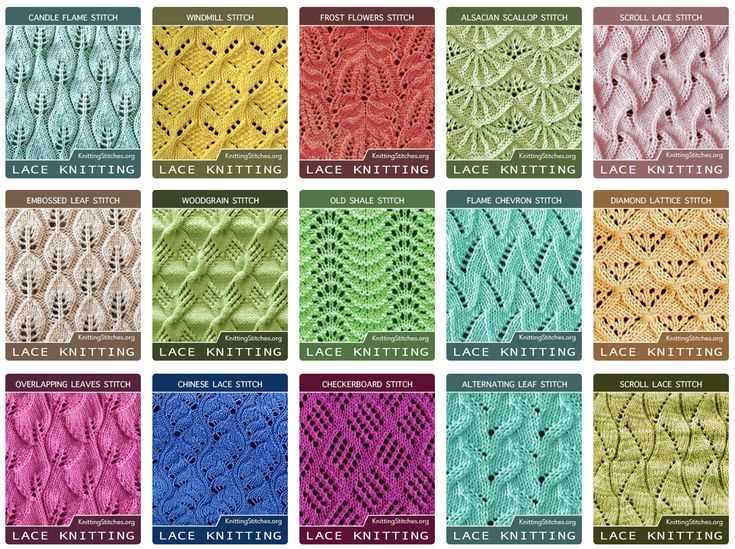
Now that you have learned how to knit the leaf stitch pattern, it’s time to get inspired and start your own projects! Whether you are a beginner or an experienced knitter, the leaf stitch pattern can be used to create a variety of beautiful items. Here are some ideas to spark your creativity:
1. Scarves and Shawls
Scarves and shawls are perfect for showcasing the delicate and intricate leaf stitch pattern. You can choose a luxurious yarn with a subtle sheen to enhance the elegance of the stitches. Experiment with different color combinations and sizes to create unique accessories that will keep you warm and stylish.
2. Hats and Headbands
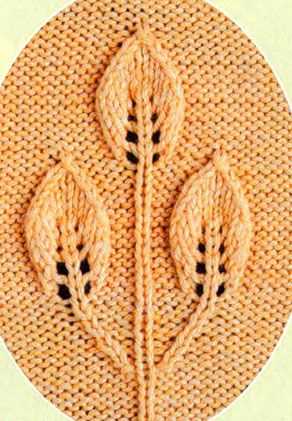
Add a touch of nature to your winter wardrobe with leaf stitch pattern hats and headbands. These accessories are not only functional but also fashionable. Play with different yarn weights and stitch variations to create textured designs that will turn heads.
3. Blankets and Throws
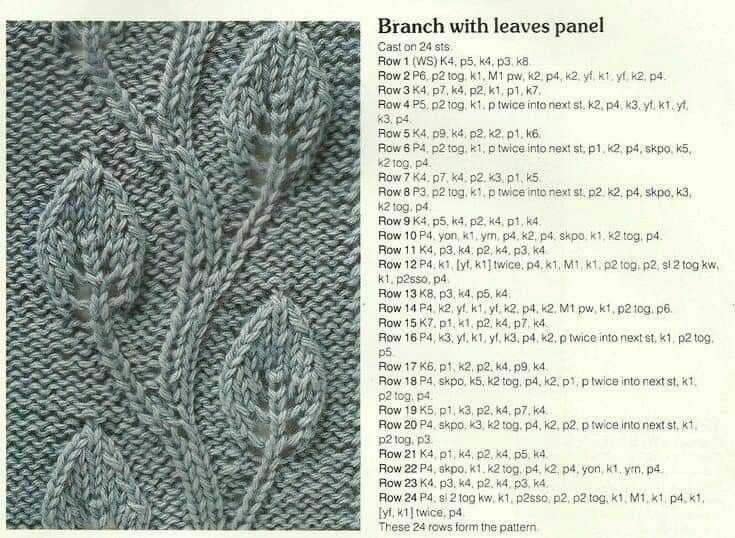
What could be cozier than snuggling up under a leaf stitch pattern blanket or throw? Use a soft and warm yarn to create a comforting and beautiful piece for your living room or bedroom. You can also experiment with different shapes, such as squares or rectangles, to add visual interest to your home decor.
4. Baby Items
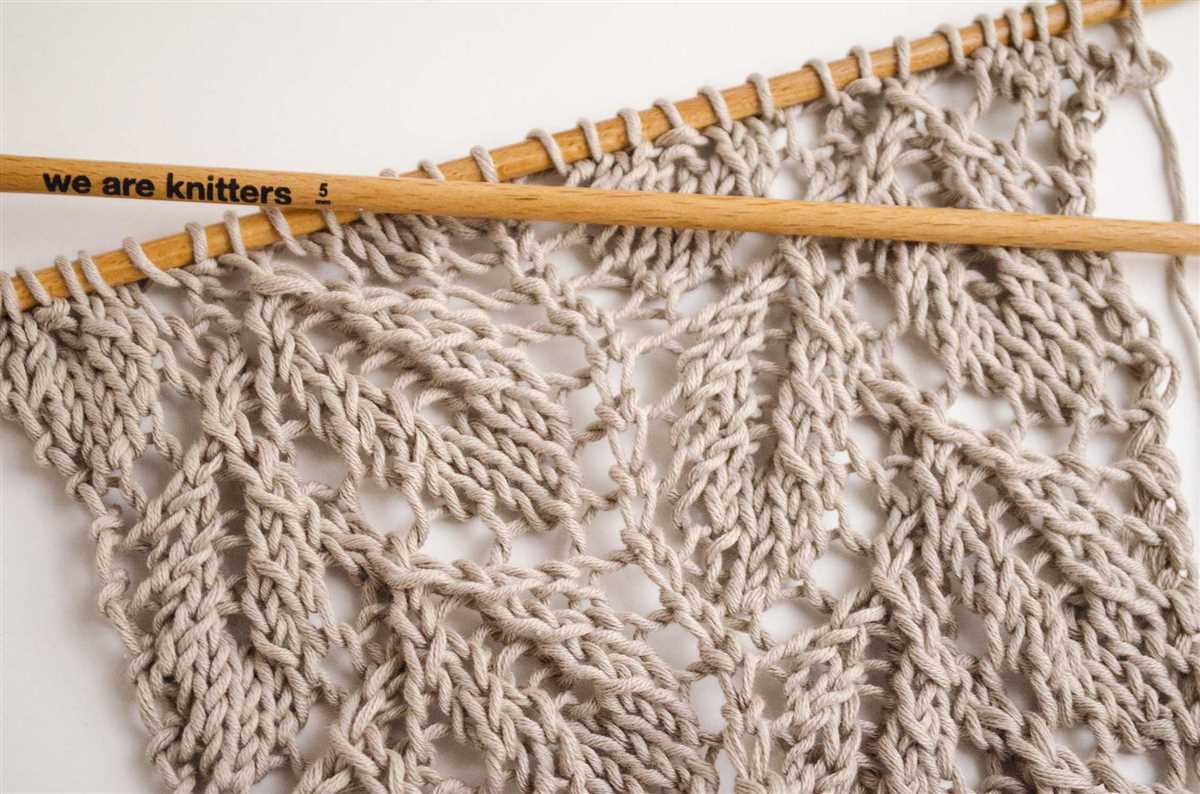
The leaf stitch pattern is perfect for creating adorable baby items like sweaters, blankets, and booties. Choose soft and gentle yarns to keep your little one comfortable and cozy. The intricate leaf stitch pattern will add a touch of elegance to your baby’s wardrobe.
5. Home Decor
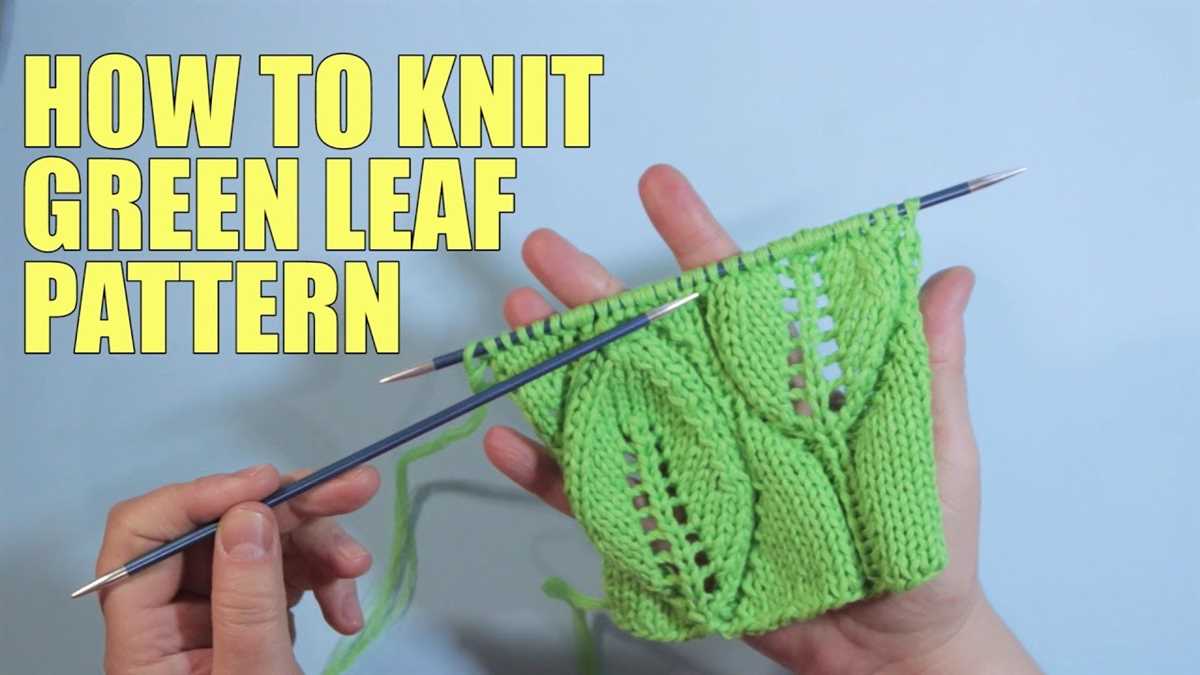
Bring the beauty of nature indoors by incorporating the leaf stitch pattern into your home decor. Knit leaf stitch pattern cushion covers, table runners, or even wall hangings. The natural design will add a touch of warmth and sophistication to any room.
With these project ideas, you can let your imagination run wild and create stunning pieces using the leaf stitch pattern. Remember to experiment with different yarns, colors, and stitch variations to make each project uniquely yours. Happy knitting!